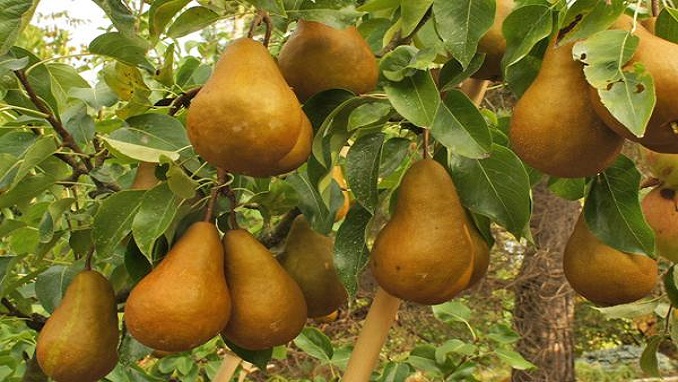Conflict, economic shocks, natural disasters, skyrocketing fertilizer and food prices, as well as other factors, contributed to an unprecedented worldwide food and nutrition security crisis in 2022, with the poorest people paying the highest price.
All indications indicate to even significant declines in acute and chronic levels in 2023. The number of people in crisis or worse (IPC/CH Phase 3 or above) or comparable, that is, the number of people needing immediate humanitarian assistance, is predicted to reach up to 205 million in the 45 countries/territories covered in the Global Report on Food Crises 2022 Mid-Year Update. To protect lives and livelihoods and stop the reversal of labor-intensive development gains, immediate action is required. Time is of the essence when such events occur.
A problem gets worse the longer it takes to mobilize a response. Increased and prolonged vulnerabilities reduce resilience to withstand upcoming shocks. The ability to effectively foresee, respond to, and recover from the effects of severe shocks is known as crisis preparation, and it is crucial.
As a member of the Global Alliance for Food Security (GAFS), the World Bank works closely with the Global Network Against Food Crises, the Food and Agriculture Organization (FAO), the UN Office for the Coordination of Humanitarian Affairs (OCHA), the UN Children’s Fund (UNICEF), the World Food Program (WFP), and the UN Famine Prevention and Response Coord (FSCPPs). A serious food and nutrition security crisis is one that affects a country’s entire population, according to the FSCPP, a national operating plan.
The strategy outlines the active monitoring and identification of crisis risks as well as the sequential protocols, roles, and timetables for securing more money and stepping up early intervention.
What exactly is the plan for food security emergencies?
Each national FSCPP unifies disparate crisis preparedness components into a single operational framework to aid in the methodical identification of an impending catastrophe. As soon as a crisis is identified, FSCPPs will mobilize government, humanitarian, and development partners to take rapid, coordinated early action to stop and lessen the crisis’ effects. The 60+ multinational and bilateral humanitarian and development partners of GAFS, the Global Food and Nutrition Security Dashboard, and the GNAFC are strengthened by the actions. The seven guiding principles of the FSCPP



